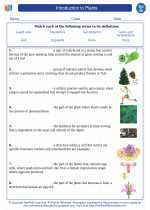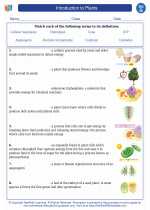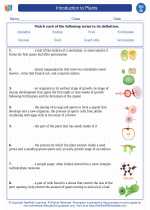Introduction to Biogeography
Biogeography is the study of the distribution of living organisms and the processes that shape their distribution patterns. It encompasses the spatial and temporal patterns of biodiversity, as well as the underlying ecological and evolutionary processes that drive these patterns.
Factors Influencing Biogeography
1. Abiotic Factors: These include climate, topography, soil composition, and physical barriers such as mountains and bodies of water.
2. Biotic Factors: Interactions with other organisms, such as competition, predation, and mutualism, can influence the distribution of species.
3. Historical Factors: The geological history of a region, including continental drift, glaciation, and the formation of land bridges, has shaped the distribution of species over time.
Patterns of Biogeography
1. Dispersal: The movement of organisms to new geographic areas, either through natural means or as a result of human activities.
2. Vicariance: The separation of a population or species by a physical barrier, leading to the formation of distinct populations or species.
3. Endemism: The presence of species that are unique to a particular geographic area, often due to isolation and long-term evolutionary processes.
Methods in Biogeography
1. Field Surveys: Collecting data on the distribution and abundance of organisms in their natural habitats.
2. GIS and Remote Sensing: Using geographic information systems and satellite imagery to analyze and visualize spatial patterns of biodiversity.
3. Molecular Techniques: DNA sequencing and phylogenetic analysis can provide insights into the evolutionary history and genetic relationships of different populations and species.
Applications of Biogeography
1. Conservation Biology: Understanding the distribution of species and the factors that threaten their survival is crucial for conservation efforts.
2. Invasive Species Management: Biogeographic studies help in understanding and managing the spread of non-native species and their impacts on native ecosystems.
3. Climate Change Impacts.
◂Biology Worksheets and Study Guides High School. Introduction to plants

 Worksheet/Answer key
Worksheet/Answer key
 Worksheet/Answer key
Worksheet/Answer key
 Vocabulary/Answer key
Vocabulary/Answer key
 Vocabulary/Answer key
Vocabulary/Answer key
 Vocabulary/Answer key
Vocabulary/Answer key
 Vocabulary/Answer key
Vocabulary/Answer key
 Vocabulary/Answer key
Vocabulary/Answer key
